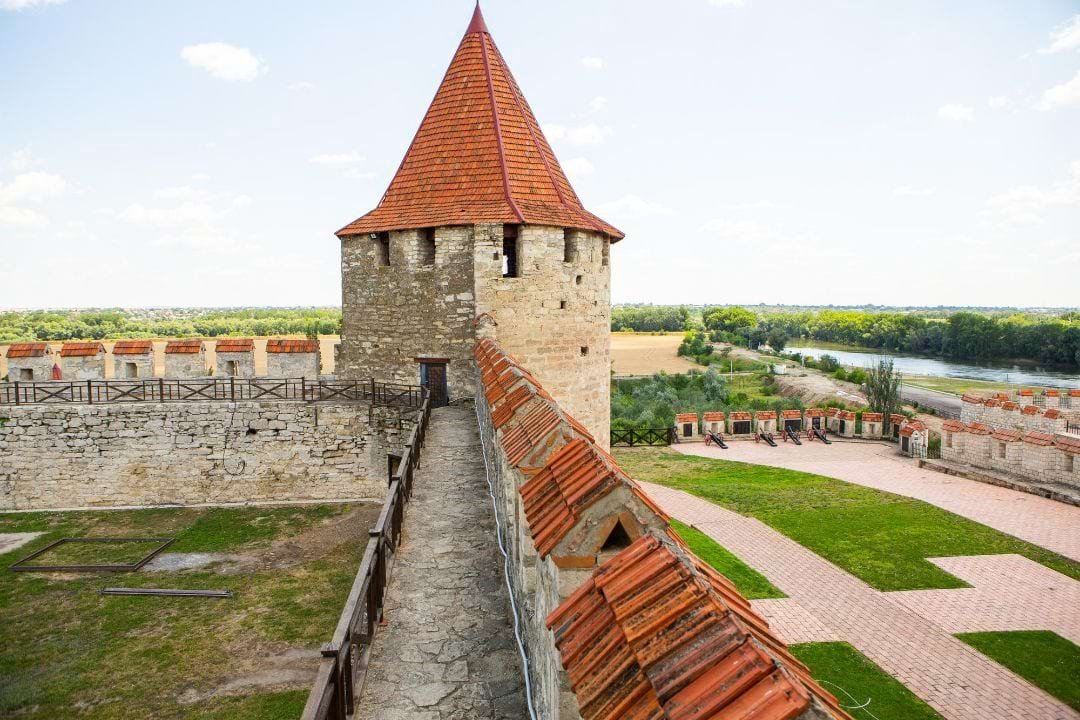The discovery of the building, which was depicted in a well-known panorama of the city from the 17th century, is described as a "significant discovery" by the local monument conservator.
Last week, the southern wall of a tenement home at 15 Jezuicka Street in Lublin's old town was found to contain the ruins of the quadrilateral tower, which was formerly a part of the city's medieval walls.
The find was made during continuing archaeological study at the property, which got started after a recent change of ownership, according to conservator Dariusz Kopciowski. He said that the archaeological significance of 15 Jezuicka Street had never been adequately investigated.
According to Kopciowski, "This is a significant discovery," the Polish Press Agency (PAP). It turns found that the tower extended outside, from the courtyard, behind the back façade, contrary to earlier assumptions that the remnants of this four-sided tower were located inside the building's components.
Coins, trade seals, a heraldic mark, an uncommon kind of padlock, and ornate hardware from a money pouch were also found during excavation at the location. "All relics valuable for the history of the city will be preserved and displayed," Kopciowski said.
Additional relics of the tower and the Lublin fortification system will be found during architectural and conservation studies that are ongoing concurrently with the ongoing archaeological study, he continued.
The panoramic drawing of Lublin produced by cartographers Georg Braun and Frans Hogenberg for their atlas of world towns, Civitates orbis terrarum, in 1618 includes the four-sided structure discovered at 15 Jezuicka Street.
The tower, which is shown to have a tented roof, is shown as being located close to the Gnojno Gate of the city and a Jesuit church that is now St. John the Baptist Cathedral. Jezuicka, the name of the existing street, is Latin for "Jesuit".
The conservator said that "most likely, this tower was mentioned in the privileges granted to the Jesuits in 1585 by Stephen Báthory," who reigned as King of Poland and Grand Duke of Lithuania from 1576 to 1586.
These privileges permitted the building of a Jesuit complex outside the city walls from the south and the use of many defensive structures already present in this area, including the aforementioned quadrilateral tower.
He continued by saying that the Jesuits eventually converted the tower into a garderobe, a style of tower with a bathroom and a sewer connection.
Incorporated into a college of Jesuit priests in 1645, the tenement house at 15 Jezuicka Street remained in their control until the middle of the 18th century. The tenement house's interior was modified to meet the needs of the priests who lived there, and the ground floor of the structure served as a connection between the church and the Jesuit schools.
The tenement house and the Jesuit college were given a united and shared façade following a fire in 1754.
According to the authors of the book Lublin City Walls, Jadwiga Teodorowicz-Czerepiska and Grayna Michalska, the quadrilateral tower was part of the city's defences when they were finished in 1370, the year King Kazimierz III the Great passed away.

